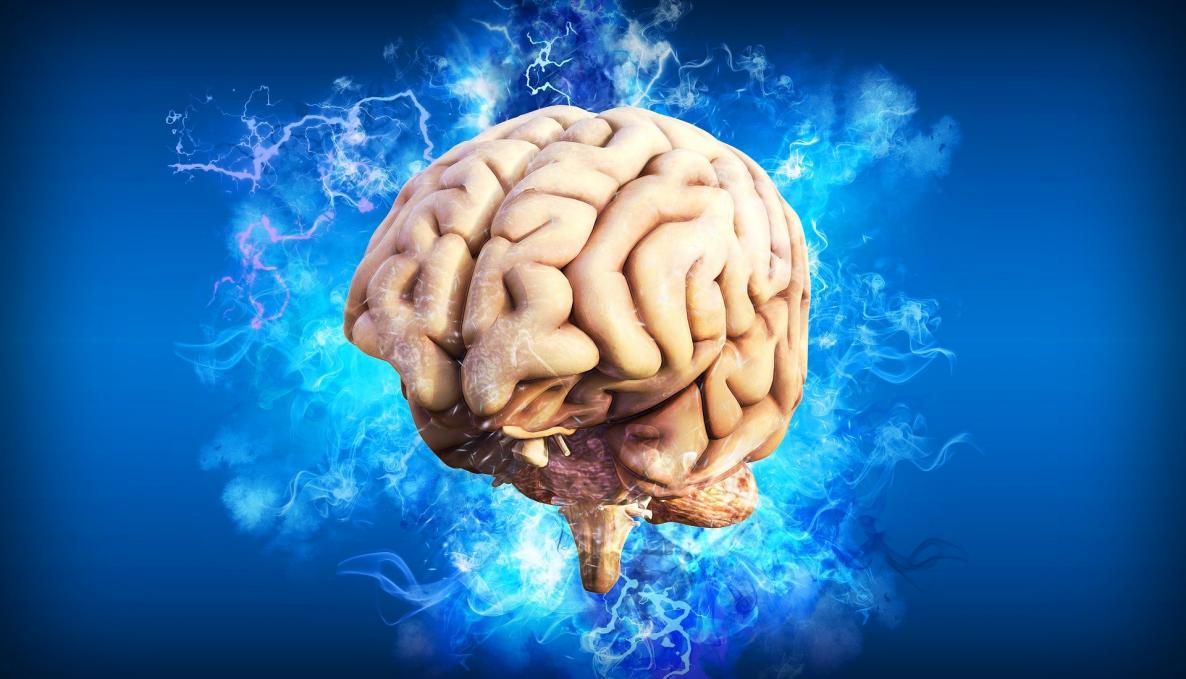NEUROENGINEERING, A STUDY REVEALS THE MECHANISM THAT CAUSES IMPAIRED MOBILITY IN PARKINSON'S PATIENTS. PUBLISHED IN THE NATURE PARTNER JOURNAL – PARKINSON'S DISEASE THE NEW RESEARCH COORDINATED BY THE BIOROBOTICS INSTITUTE OF SANT'ANNA SCHOOL

One of parkinson's most common motor symptoms is the motor slowdown. Even simple gestures such as gripping an object could become complicated. A study published in the “Nature Partner Journal – Parkinson’s Disease, reveals how the lack of coordination in movements depends on the inability of an area of the brain (the ganglia of the base) to regulate movement. This is caused by the loss of a neurotransmitter, the dopamine. The study is part of a collaboration between the BioRobotics Institute of Sant’Anna School of Advanced Studies and the University Hospital Würzburg in Germany.
"We asked Parkinson's patients to move their arm to grab an object. This is a common gesture that is performed many times throughout the day – explains Alberto Mazzoni, researcher at the BioRobotics Institute and principal investigator of the Computational Neuroengineering Lab – at the same time we recorded the activity of the subtalamic nucleus, a brain region related to the basal ganglia. We were able to analyze the neural information that encodes this movement and that is responsible for the motor difficulties in our patients."
The study completes a trilogy of Parkinson's studies coordinated by Mazzoni that also analyzed the problems that afflict Parkinson's patients in the control of the walk and in the control of decision-making processes.
"We study Parkinson's as a malfunction in the transmission of information of the nervous system - continues Mazzoni. These results provide new insight into the neural correlates of motor control in parkinsonian patients, paving the way for more informative use of beta-band features for adaptive deep brain stimulation devices.



